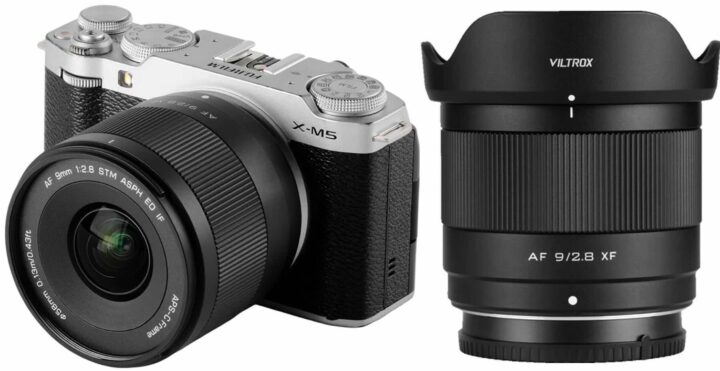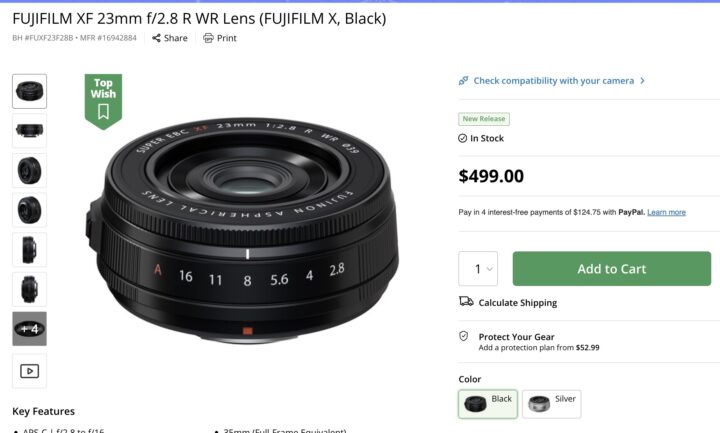Viltrox AF 9mmF2.8 Air Reviews Roundup
The announcement of the Viltrox AF 9mm f/2.8 Air passed a bit under the radar due these days, due to the plethora of other news and rumors we have shared.
- Fujifilm X-T6 Release Timeline Leaked
- Fujifilm GFX100RF Fragment Edition Announced
- Fujifilm Announces Free Inspection and Repair for X-E5 Strap Attachment Area
- Meet FRGMT BW – Fujifilm’s First ‘Official’ Film Simulation Recipe
- EXCLUSIVE: Fujifilm is Working on a Camera With a “Time-Travel” Dial
- Message to Anonymous Source with Nickname Who Dropped a Rumor
- Fujifilm Promises Lots of Firmware Love in 2026… for Fujifilm GFX Eterna 55
- 7 X Mount Lenses Left: Vote What You’d Like Next
- VOTE: The Best & Worst Fujifilm Gear of 2025
- This Chart Shows You the Full List of Fujinon XF/XC and Third Party X Mount Autofocus Lenses
- I’ve Traveled the World with Fujifilm’s ‘Worst’ Lens and I Loved it
- WARNING: The Fujifilm X-T5 Struggles Badly With Wildlife Photography – A Real World Proof
Now that it’s a bit more quiet, let’s take a closer look at it thanks to new reviews, that I will share down below.
- Viltrox 9mm f/2.8
BHphoto / Amazon US / Adorama / Viltrox Store
Amazon DE / Amazon UK / Amazon IT / Amazon FR / Amazon ES / Amazon NL
The Viltrox AF 9mm f/2.8 is available for other mounts already since a while and so far it enjoys fantastic reviews:






